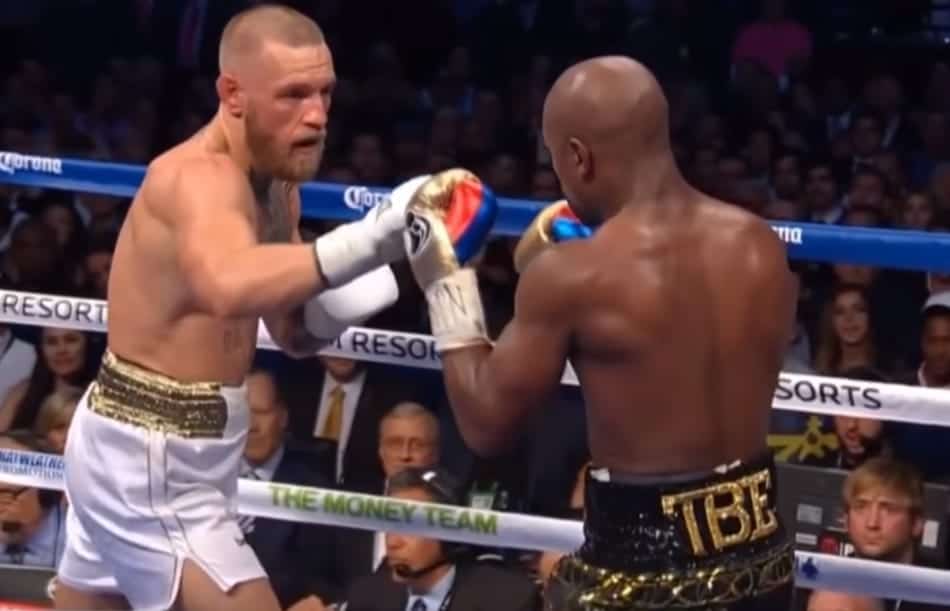Mma Athletes
MMA Michael Chandler Knocks Out Dan Hooker at UFC 257 on Fight Island. 34-Year-Old MMA Icon from High Ridge, Missouri, Makes Successful Debut in the Ultimate Fighting Championship (UFC) with First-Round TKO Win, Earns $50,000 Performance of the Night Award. It is well known in fighting circles that carbohydrates are the fuel your body uses for training. Protein builds your muscles, and fat keeps your systems rollin.



Ufc Athletes
Manabu Nakanishi holding Kazushi Sakuraba in an Argentine backbreaker rack.
It should come as no big surprise that being kneed in the temple is not a good thing, at least for the person on the receiving end of the blow. Being subjected to a battering that is likely to send you to the hospital for several days is part of the job description for professional MMA athletes, and this is partially why when a combatant is knocked unconscious by their opponent, no one bats an eye. Quite the opposite in fact, knockout wins are more difficult to achieve and thus have a certain prestige attached to them, often winning fighters “knockout of the night” pay bonuses. For a long time now there has been an open dialogue about the long term brain damage suffered by professional athletes in other full contact sports such as football, but MMA being the young phenomenon that it is, is yet to receive such attention. Of course no one is doubting that participating in such an activity can be incredibly detrimental to one’s health in many ways, but among MMA fans and aficionados there exists a certain stigma against recognizing the vulnerability of the athletes. For example, Jose Aldo Jr., currently ranked the best pound for pound fighter in the UFC, recently had to cancel a fight due to an injury sustained during training. Following this, he was ostracized by so many fans to the point where his sponsorship money has decreased almost by half. In a sport such as this, a perception of weakness in any form can be career ending.
However, even more troubling is the issue of the long term health effects on fighters. A broken nose or a cracked rib is certainly problematic, but these can be recovered from. Even the most accomplished fighters who can scrape by without any physical injuries are still very much at danger. As mentioned earlier, MMA is very young as sports go. There have been very few comprehensive studies as to just what career fighters are risking. Some retired professional MMA fighters have begun to show symptoms of Chronic Traumatic Encephalopathy, also known as Pugilistic Dementia, which is onset by repeated head trauma. Medical professionals who are currently investigating the matter show varying degrees of concern regarding MMA. Some say it is not necessarily any worse than professional football, while others are advocating for the sport to be banned on medical grounds.
Two diagrams from a study in The American Journal of Sports Medicine exploring the effects of knockouts. The first diagram shows a breakdown of KO-striking implements; the second shows a break down a KO-strike location on the head.
All this being said, I think that any amount of damning evidence about the risks of MMA will do little to stymie the growth of this sport. Fighting, just like any other interest or vocational skill is a calling for many people. Dr. Vincent McInerney of St. Joseph’s Regional Medical Center says of MMA: “I’m stunned — stunned — that they’ve been allowed to do this. This is absolutely barbaric. It’s like bare-knuckles fighting again. And they’re using elbows and knees. This is crazy beyond belief.” But for many fighters, their chosen path is anything but barbaric. They’re in there for a reason, after all.
Hudson, David L. Combat Sports : An Encyclopedia of Wrestling, Fighting, and Mixed Martial Arts. Westport, Conn.: Greenwood, 2009. Print.